Gardenia Watering: How To Hydrate Cape Jasmine The Right Way
Lush, robust and intoxicating in full bloom, cape jasmine is relatively easy to care for – but correct gardenia watering can make all the difference, as this guide explains


While gardenias are not generally considered difficult to look after, it is possible to make mistakes when it comes to hydration. Though many gardeners would consider it easy to care for gardenias, routine feeding and watering is essential to their well being. Taking a sensible and moderate approach to gardenia watering will enable you to keep on the right side of these beautiful plants, ensuring longevity and vitality.
Beloved both indoors and out, gardenia or cape jasmine (Gardenia jasminoides) add intoxicating charm and fragrance to beds and containers. So it’s in your best interests to ensure they stay vibrant and healthy. Knowing how often to water gardenia plants, and in the right frequencies, is key to plant health. This guide takes a closer look at gardenia watering requirements, so you can enjoy these scented beauties for longer.
When Gardenias Need the Most Watering
Watering a gardenia requires special consideration. Gardenia plants grown within their hardiness range thrive where soil conditions remain consistently moist throughout the growing season. This means that gardeners living elsewhere or growing a gardenia indoors will need to establish and maintain a routine schedule of irrigation. Watering gardenias is of special importance when conditions outdoors are especially warm, and during periods of drought or low humidity.
Though these plants appreciate routine irrigation, be aware that too much water is likely to do more harm than good. If your gardenia leaves turn yellow suddenly, this is one of the first signs that beds or containers have become overly saturated or waterlogged. Prolonged exposure to soggy soils may further stress gardenia plants, leading to wilted foliage and their potential loss.
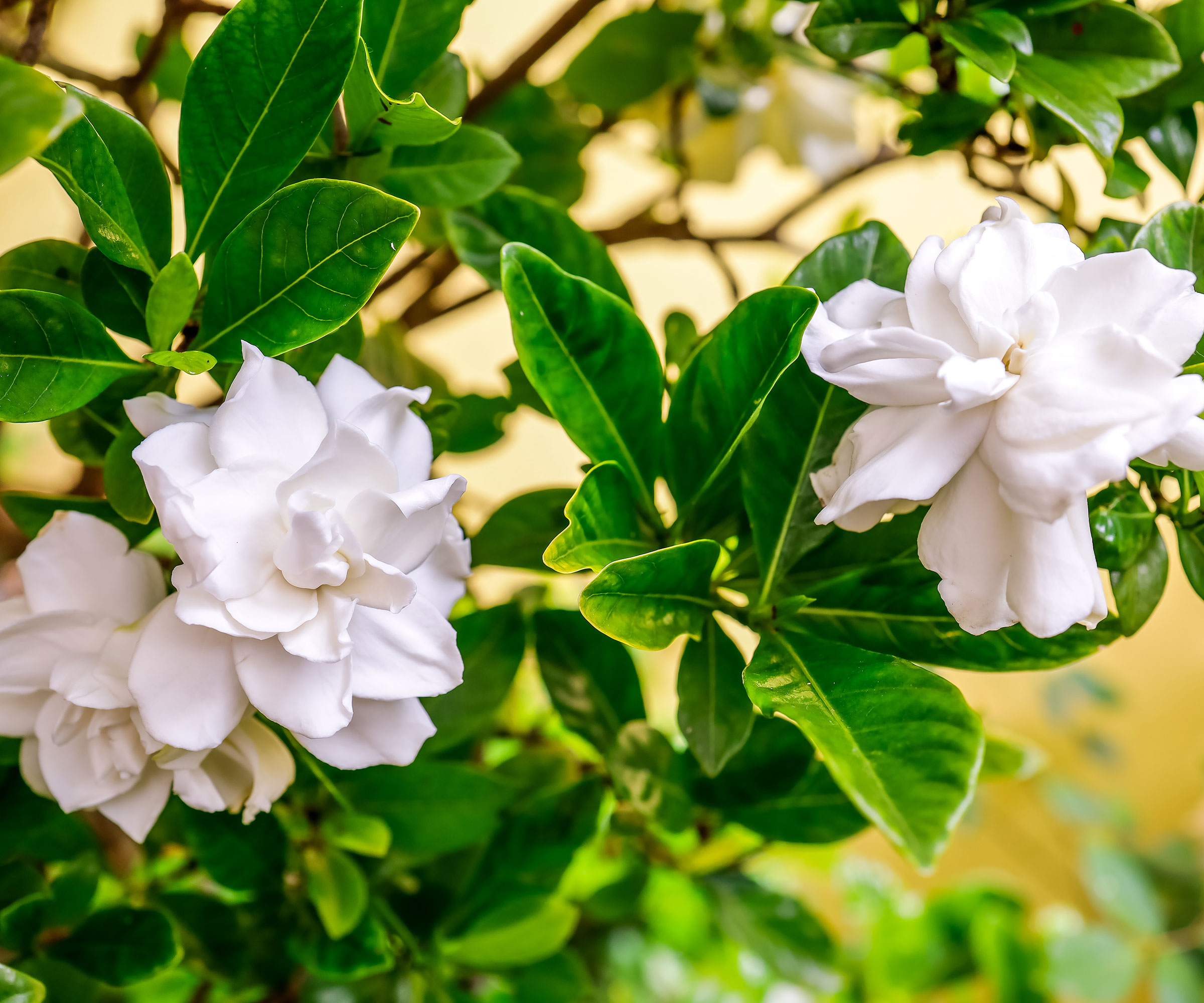
Watering Gardenias in Open Ground
Watering gardenia plants is relatively simple. However, your watering frequency can vary greatly from one region to the next. Both weather and soil conditions play a role in determining best practices for irrigation.
Moisture levels are best monitored using water meters, or by simply pressing a few fingers into the soil. The plants benefit from deep watering, usually from below, with the use of soaker hoses or drip tape. Experienced growers suggest that this occurs on a weekly basis during the growing season whenever rainfall is insufficient.
Watering Gardenias in Containers
For anyone asking ‘how much water do gardenias need?’ there is also the issue of whether you are growing in a pot. Gardenias grown in containers require frequent watering throughout the summer season. Most pots placed outdoors will dry quickly. Monitor your containers closely, checking moisture levels on a daily basis.
Gardening tips, videos, info and more delivered right to your inbox!
Sign up for the Gardening Know How newsletter today and receive a free copy of our e-book "How to Grow Delicious Tomatoes".
Irrespective of different gardenia varieties, plants can be watered as needed – just never allow the medium to dry completely. Containers kept indoors may need additional care, such as occasional misting to help maintain much-needed humidity.
Watering Gardenias in Winter
The arrival of cooler weather marks a period of dormancy for the plant. In order to keep on top of gardenia winter care, pay attention to the need to restrain watering during this time. In fall, you can gradually begin to reduce the frequency of watering beds and containers.
Most plants do not require supplemental water throughout winter. The combination of excess moisture and cold temperatures at this time can lead to disease, rot and other serious issues, all of which are detrimental to your plants’ health.
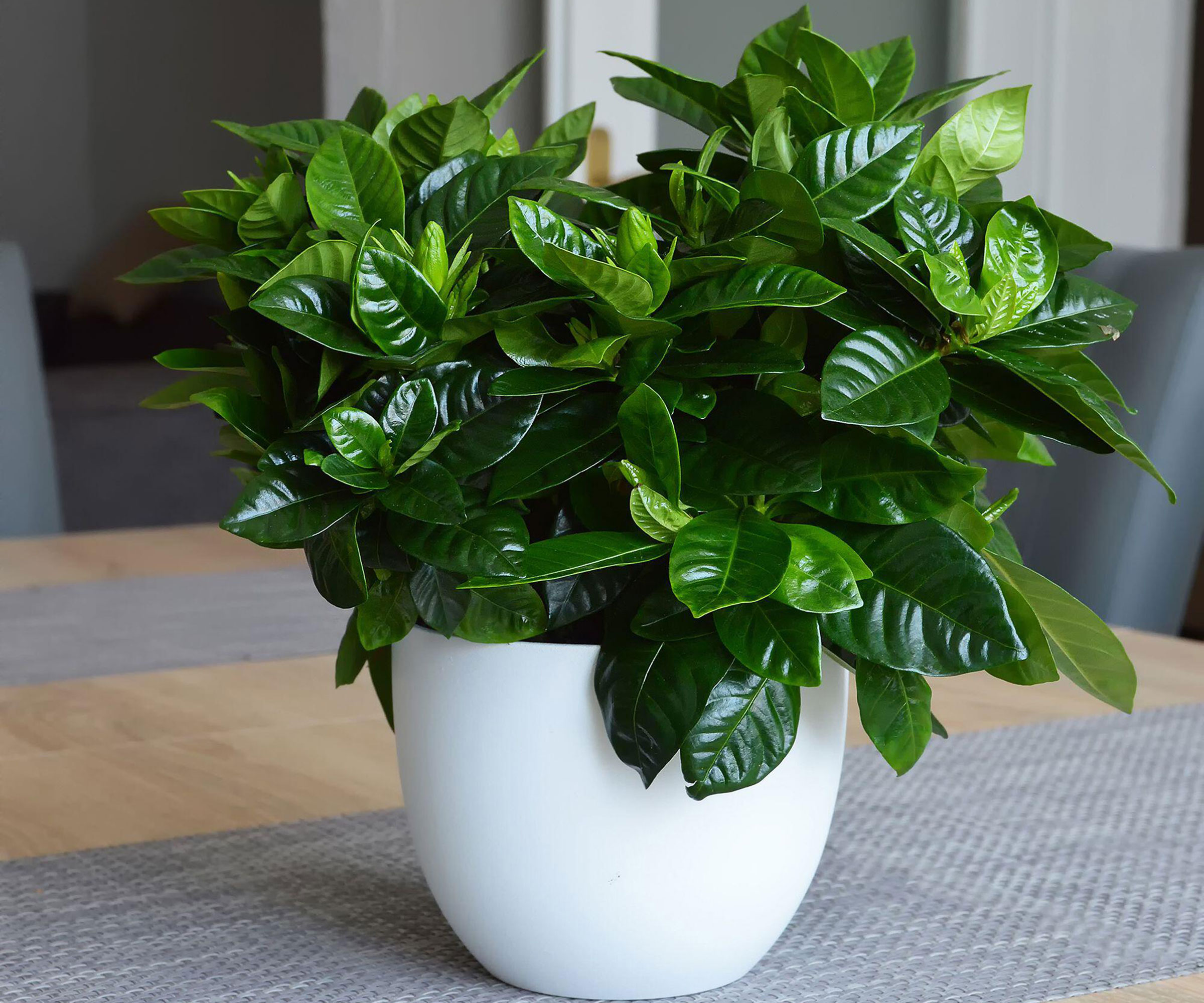
Frequently Asked Questions
What Does An Overwatered Gardenia Look Like?
Overwatering can be a major concern when growing gardenias. Excessively wet soils contribute to the development of disease and root rot. Overwatered plants may first show signs of stress in the form of yellowed leaves. Wilting or the premature drop of foliage may also signal concern for growers.
Do Gardenias Like To Dry Out?
Gardenias thrive where their beds and containers remain consistently moist throughout the growing season. Monitor your plant’s moisture levels carefully, making certain its needs are met. To prevent overwatering, gardenia experts suggest watering only when the uppermost inch (2.5 cm) of soil has dried.

Tonya Barnett has been gardening for 13 years. Flowers are her passion. She has transformed her backyard into a cut flower garden, which she regularly chronicles on her YouTube channel http://www.youtube.com/@tonyawiththeflowers.
-
 Looking For Plants To Give You The Soft And Fuzzies? Try These 5 Fuzzy Leaf Plant Options
Looking For Plants To Give You The Soft And Fuzzies? Try These 5 Fuzzy Leaf Plant OptionsLovers of texture, drama, silver foliage and tactile plants will adore these special sensory garden additions. These fuzzy leaf plant options will leave you all aglow
By Susan Albert
-
 Get Ready For A Summer Of Hummers! Grow These Full Sun Hummingbird Plants and Flowers
Get Ready For A Summer Of Hummers! Grow These Full Sun Hummingbird Plants and FlowersIf you’re lucky enough to enjoy a sunny backyard, make sure you are maxing out on your pollinator opportunities and grow these full sun hummingbird plants and flowers
By Tonya Barnett
-
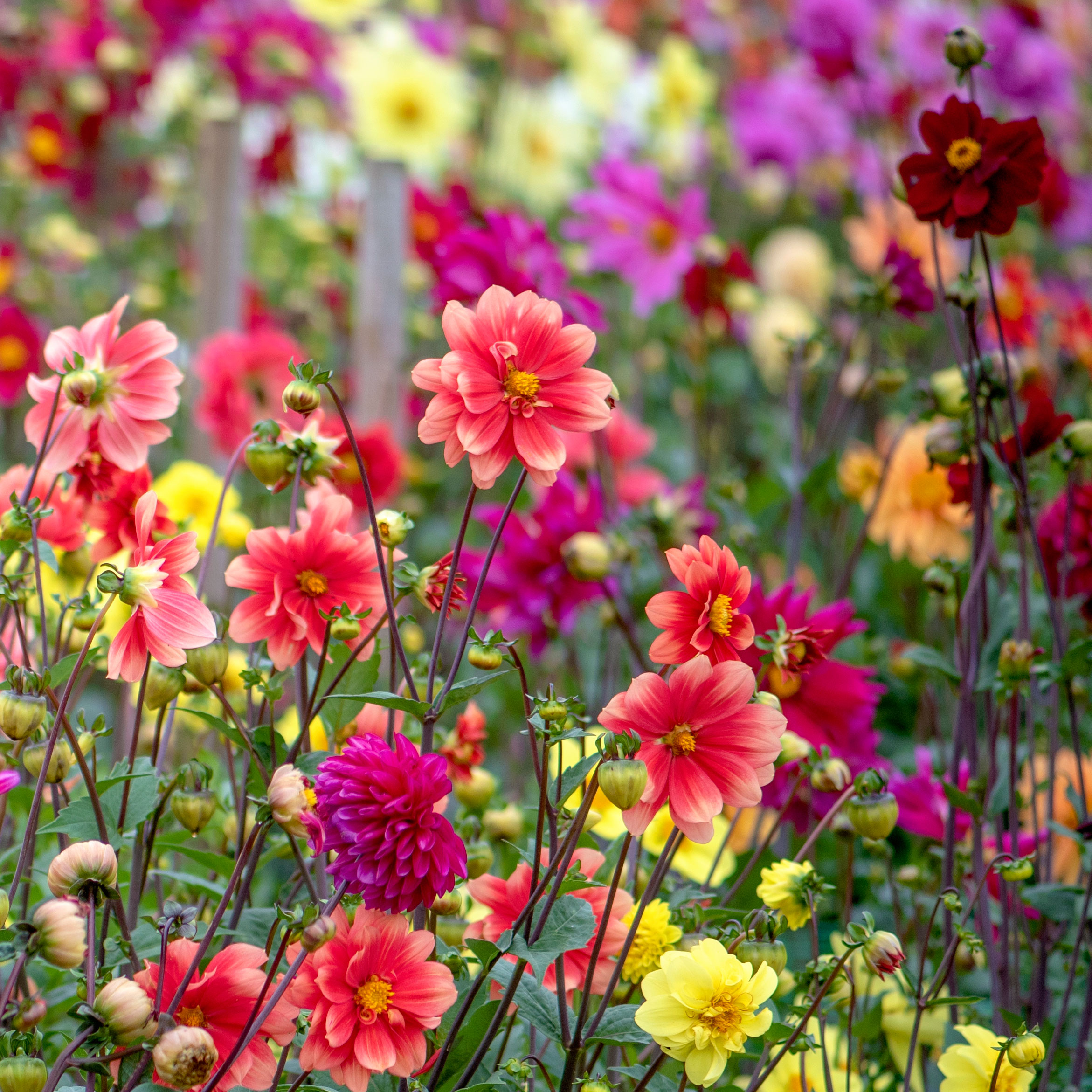 Cut Flower Garden For Beginners: 8 Easy Decorative Floral Plants For Newbies To Grow
Cut Flower Garden For Beginners: 8 Easy Decorative Floral Plants For Newbies To GrowAre you new to growing decorative florals for bouquets and ornamental displays? A cut flower garden for beginners is well within reach if you grow these flower seeds
By Tonya Barnett
-
 Spectacular Early Blooming Shrubs: 6 Sparkling Spring Flowering Bushes
Spectacular Early Blooming Shrubs: 6 Sparkling Spring Flowering BushesWant to kickstart your gardening year with dazzling spring flowering bushes for beds and borders? These unique early bloomers are sure to help you rise and shine!
By Teo Spengler
-
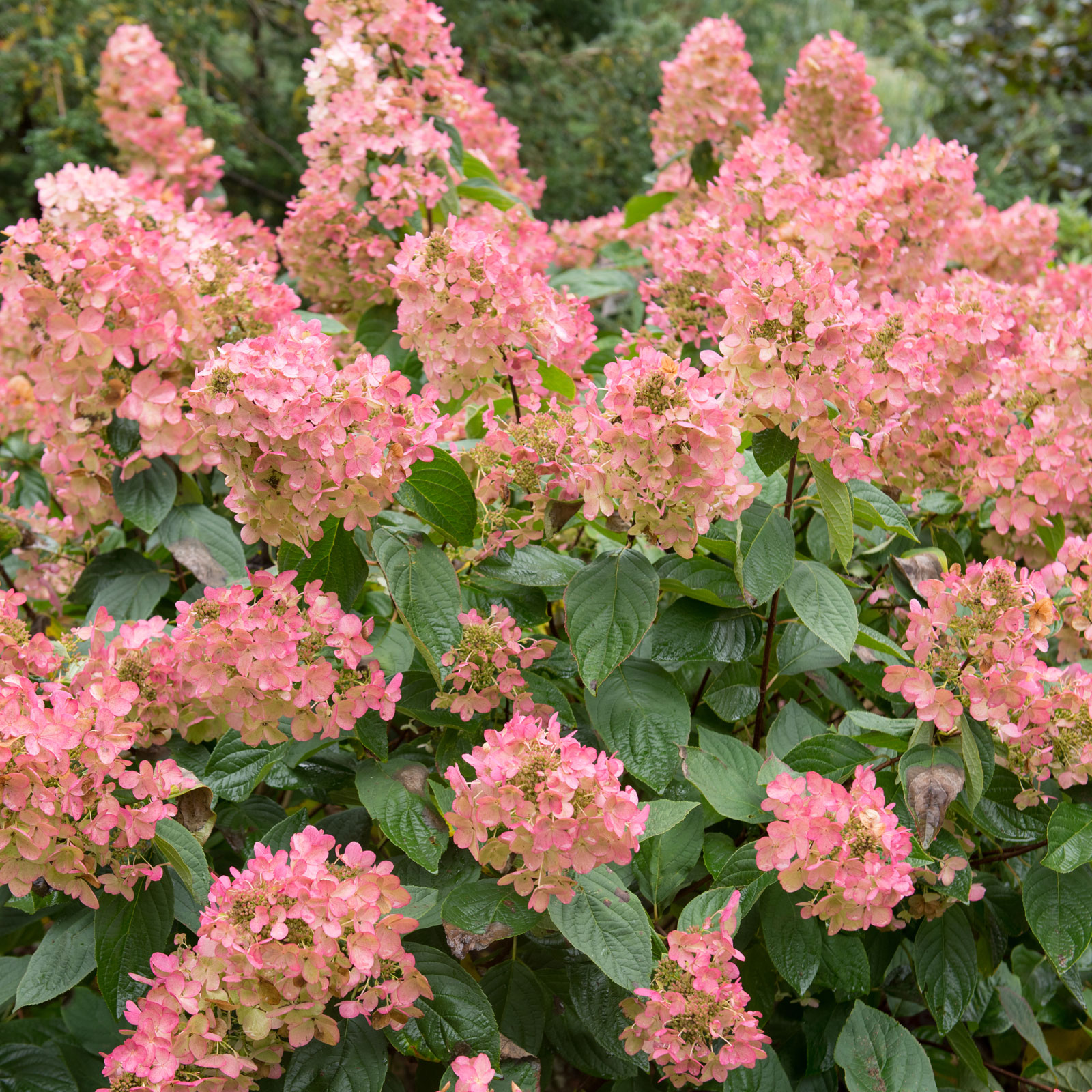 Quick Fire Hydrangea – The Elegant, Easy-Care Shrub Every Gardener Needs In Their Landscape
Quick Fire Hydrangea – The Elegant, Easy-Care Shrub Every Gardener Needs In Their LandscapeIf you’re after an early flowering panicle hydrangea that offers plenty of floral variety, the Quick Fire hydrangea goes big on visual dynamics from early summer to fall
By Tonya Barnett
-
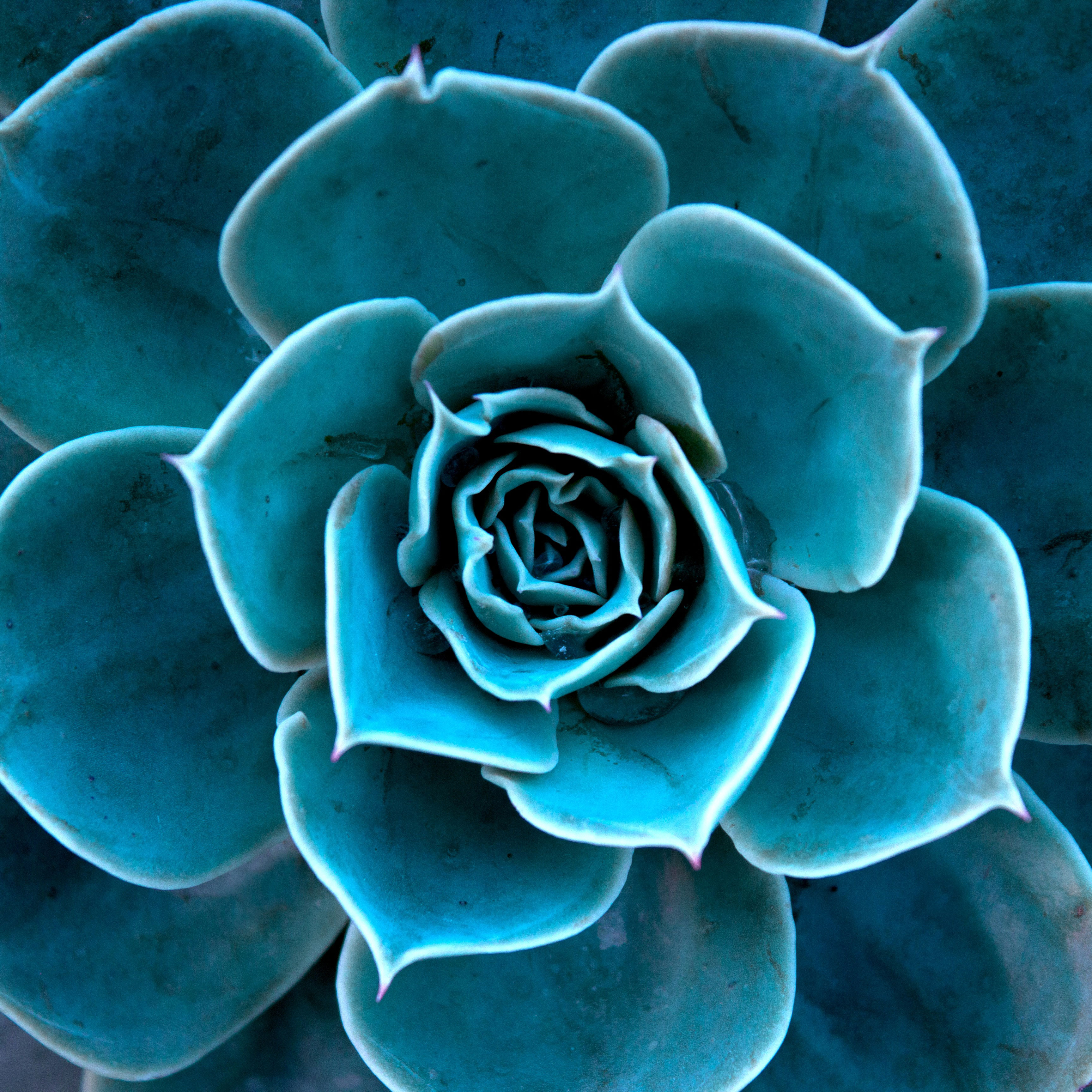 Time For Teal: 7 Terrific Teal Plants To Grow In Your Home Garden
Time For Teal: 7 Terrific Teal Plants To Grow In Your Home GardenIt’s an emerging color with a devoted following in fashion and interiors, but can you enjoy blue-greens in your garden? We round up the best teal plants you can grow
By Tonya Barnett
-
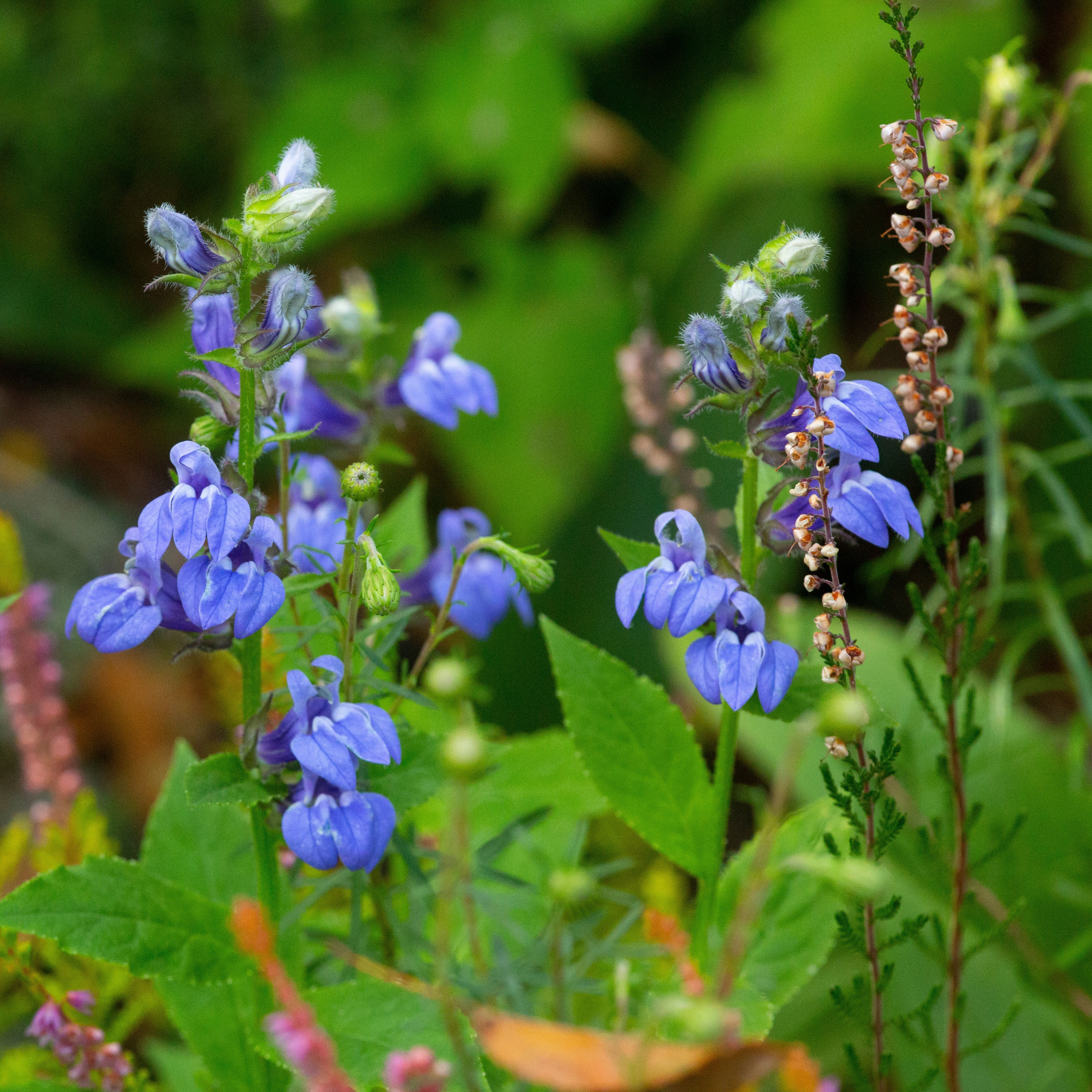 Grow Great Blue Lobelia: Native Blue Cardinal Flowers For Butterflies And Hummingbirds
Grow Great Blue Lobelia: Native Blue Cardinal Flowers For Butterflies And HummingbirdsIf you’re keen to enhance your native plants or attract more pollinators, blue cardinal flowers are an essential flowering perennial. Here’s how to grow great blue lobelia
By Tonya Barnett
-
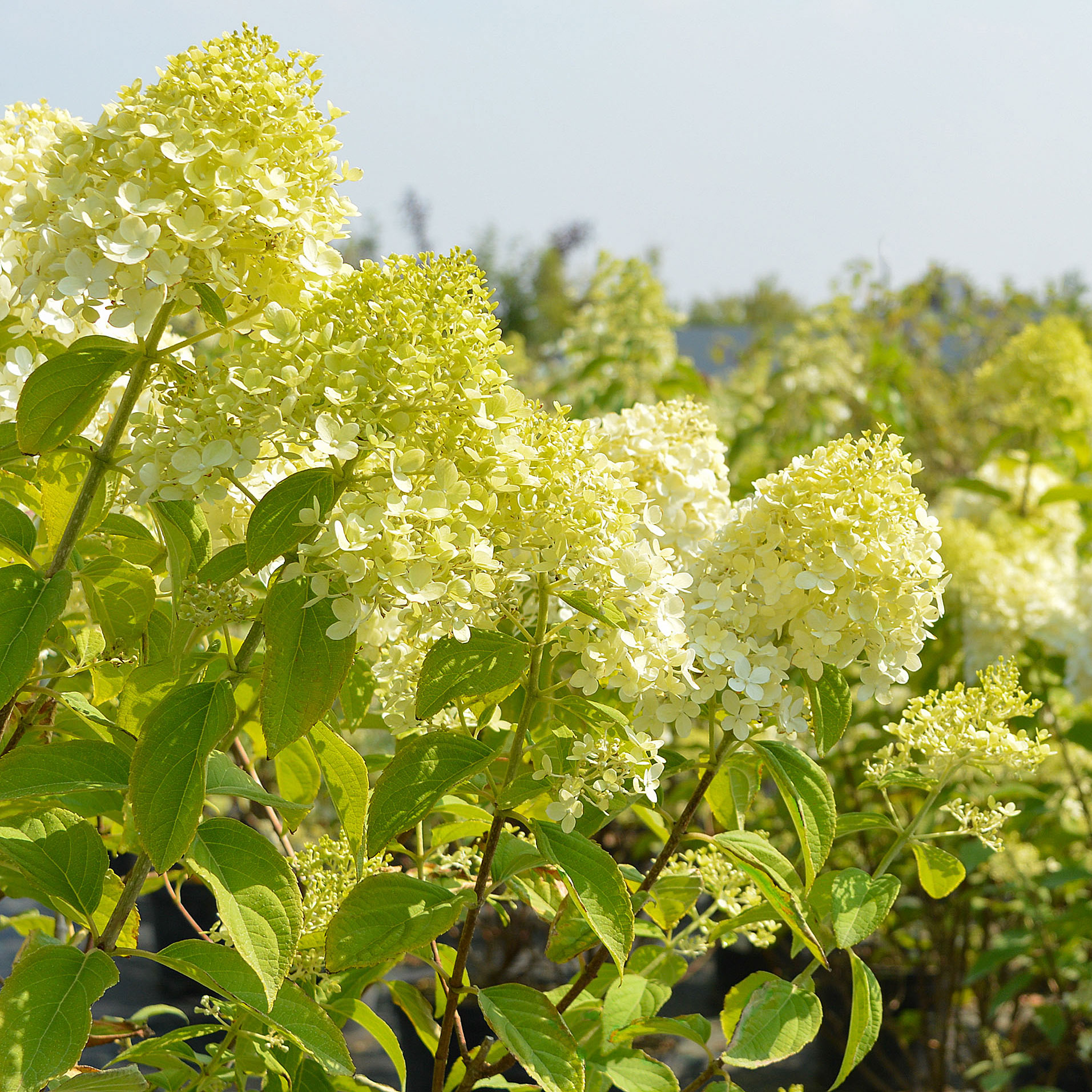 Grow Limelight Hydrangea Shrubs For Green Themed Displays And Brilliant Borders
Grow Limelight Hydrangea Shrubs For Green Themed Displays And Brilliant BordersIf you're a panicle hydrangea lover in search of flamboyant, long-lasting florals, knowing how to grow Limelight hydrangea shrubs will ensure gorgeous green blooms
By Mary Ellen Ellis
-
 Warm Up Your Winter With Indoor Reds! 8 Red Amaryllis Varieties For Sizzling Seasonal Interest
Warm Up Your Winter With Indoor Reds! 8 Red Amaryllis Varieties For Sizzling Seasonal InterestWell loved as a bold decorative holiday bloomer, the red amaryllis is a hot favorite for winter displays. These red amaryllis varieties are guaranteed to fire up the season
By Tonya Barnett
-
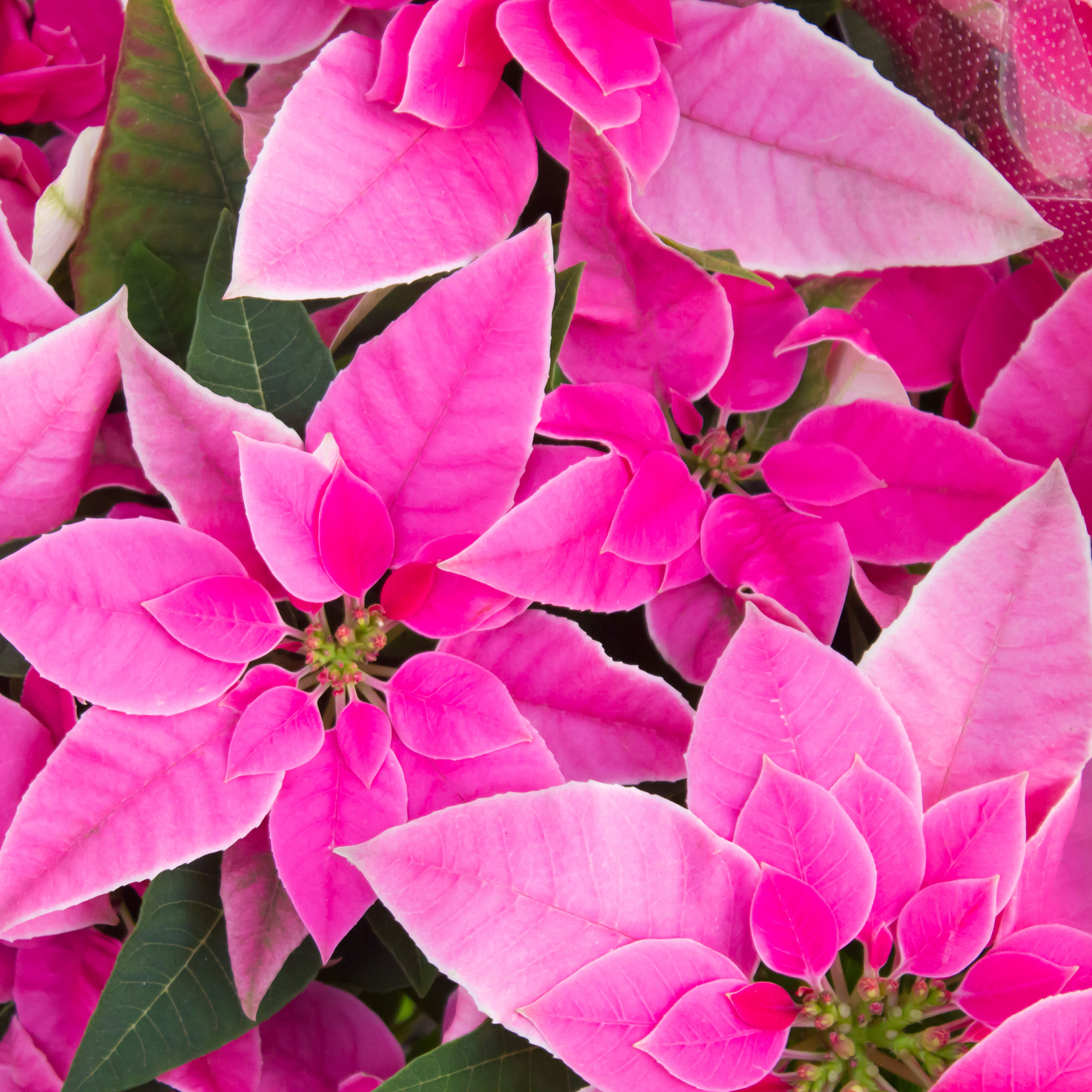 Poinsettia Pinks: 7 Pink Poinsettias To Grow For Neon Hot Tones And Cool Pretty Pastels
Poinsettia Pinks: 7 Pink Poinsettias To Grow For Neon Hot Tones And Cool Pretty PastelsWhile the traditional red poinsettia is a staple of many homes over the holiday period, they are not your only option. For cheerful brights or pastels, why not grow pink poinsettias?
By Tonya Barnett